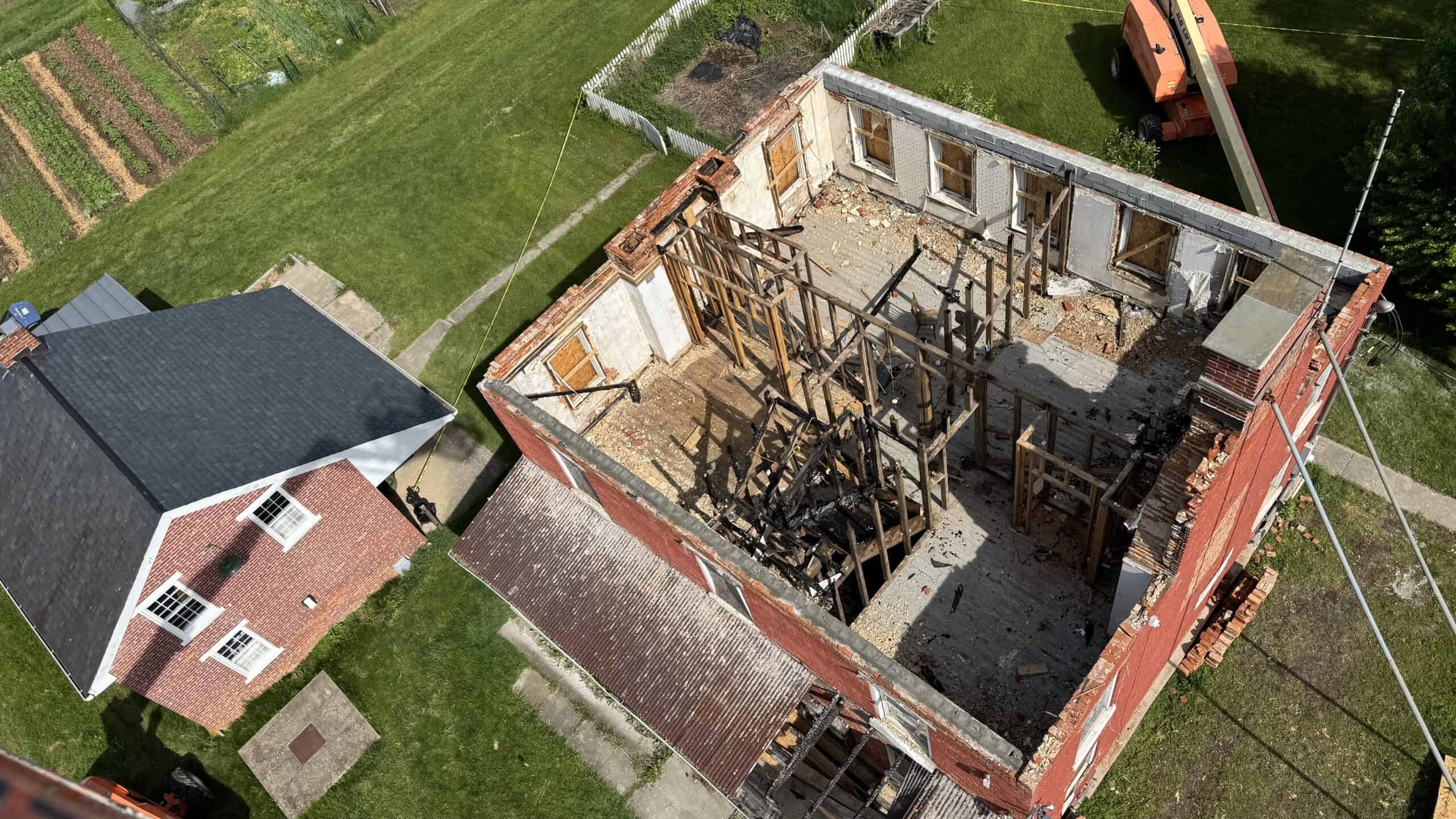Achieve Significant Improvements Without Compromising Quality
Value Engineering Construction for Cost-Effective Projects
At Quarry View Building Group, our value engineering construction approach helps clients find practical ways to reduce costs without sacrificing quality, safety, or performance. Our value engineering team works closely with clients, architects, and engineers to identify cost-effective solutions throughout the entire construction process.
We focus on creatively applying proven processes, materials, and methods to maximize function while minimizing total cost. By doing so, we help deliver significant improvements across all types of construction — from custom barns and timber structures to commercial and adaptive reuse projects.
What Is Value Engineering?
Value engineering is an organized approach used in the construction industry to analyze a project’s essential functions and explore alternative solutions that offer the same or better performance at a lower cost. It focuses on the life cycle cost of a building — not just initial expenses — and considers long-term performance and maintenance costs as part of the overall strategy.
The method originated during World War II when General Electric engineers substituted materials and processes due to shortages. They discovered these substitutions often led to better, more cost-effective outcomes — and the practice became known as value analysis or value engineering.
At Quarry View, we apply this tested engineering methodology at key points during the design and construction phases.

Our Value Engineering Process
The value engineering process follows a structured, collaborative approach. It’s designed to uncover viable alternatives early enough to influence design decisions while remaining flexible during construction.
Here’s how our team approaches it:
1. Project Analysis
We begin by reviewing the project concept, design documents, and cost estimates. We work to understand the intended functions, required materials, timeline, and site conditions. This allows us to distinguish between essential functions and optional or decorative elements.
2. Idea Generation
Using value engineering techniques — such as Pareto analysis, benchmarking, and comparisons with similar projects — we generate a list of alternative ways to meet each function. This step involves our in-house experts, trade partners, and design consultants.
We also consider potential changes in:
-
Structural systems
-
Building materials
-
Equipment or fixtures
-
Layout and logistics
-
Construction methods
3. Evaluation & Assessment
Each alternative is tested through a simple but effective evaluation process. We weigh performance, cost reduction, constructability, and alignment with owner expectations. Our goal is to find options that maintain or improve functionality while reducing unnecessary costs.
4. Life Cycle Cost Analysis
We analyze life cycle costs to ensure we’re optimizing not just initial expenses but the building’s total cost of ownership. This includes evaluating:
-
Maintenance costs
-
Energy use and environmental impact
-
Replacement cycles
-
Long-term reliability
Often, this reveals opportunities where higher upfront costs lead to long-term savings — especially with mechanical systems, roofing, insulation, or window packages.
5. Implementation Plan
Once approved by the project owner, selected ideas are integrated into the scope of work. Our team documents changes, revises budgets, and collaborates with the design team to update drawings and specifications. In fixed-price contracts, savings can also be negotiated and shared.
When Should You Use Value Engineering?
Value engineering delivers the most benefit when started early — during the design phase — before construction begins. However, Quarry View also applies value engineering methods during construction to manage scope changes or material shortages without causing delays or rework.
We typically recommend value engineering at three key stages:
-
After schematic design but before final design
-
During major scope changes
-
When budget pressures arise
What Makes Value Engineering Effective?
Our value engineering efforts succeed because we focus on three critical factors:

1. Collaboration Is Key
Value engineering is a team effort. It involves the design team, builder, and owner from the start. By maintaining open communication, we ensure everyone is informed and engaged in the decision-making process.
2. Function Comes First
We never suggest shortcuts. Our focus is always on options that meet — or exceed — the essential functions of each building system. This approach ensures we protect quality while identifying savings and maintaining compliance with industry standards.
3. Real-World Data Drives Decisions
We base decisions on actual field experience, supplier input, and past project data — not just theoretical models. Our team uses practical cost analysis tools, avoiding overly complex simulations or AI-driven predictions.
Examples of Value Engineering in Action
- Timber Construction: In a recent heavy timber project, we substituted imported hardwoods with domestic species — reducing material costs without affecting visual appeal. Adjusting joinery methods also simplified on-site labor. [Explore Quarry View’s timber construction approach]
- Passive House Envelope: For a PHIUS-certified building, we worked with suppliers to select an alternative high-performance window. The new choice matched thermal performance, reduced lead time, and cut shipping costs. [See Quarry View’s Passive House capabilities]
- Equestrian Facility: While planning an indoor riding arena, we revised the roof truss layout to reduce complexity. This improved material efficiency and helped the construction team stay on schedule. [Explore Quarry View’s equestrian projects]


Benefits to Project Owners
Partnering with Quarry View for value engineering offers clear benefits:
-
Better decisions backed by real data
-
Fewer surprises during construction
-
Clearer understanding of life cycle and maintenance costs
-
Reduced risk of budget overruns
-
Higher quality outcomes at a lower total cost
Why Quarry View?
We’re not a one-size-fits-all builder. Our value engineering team brings hands-on field experience, in-house design expertise, and a calm, problem-solving mindset. We don’t push flashy ideas or rush decisions. Instead, we work step by step to cut costs, protect quality, and keep your project on track.
We believe value comes from thoughtful planning — not last-minute fixes. That’s why we integrate value engineering into our standard preconstruction workflow. Avoiding issues early saves more than solving them later.
Maximize Impact, Minimize Cost — Let’s Plan It Together
If you’re planning a building and want to explore value engineering construction strategies that are both practical and proven, Quarry View Building Group can help. Whether you’re starting from scratch or responding to new challenges, our engineering services support smart, sustainable decisions.
Contact Quarry View Building Group to explore value engineering strategies that reduce cost, protect quality, and align your project with long-term performance goals. Together, we’ll uncover smarter solutions and ground your project in efficiency, trust, and construction reality.
